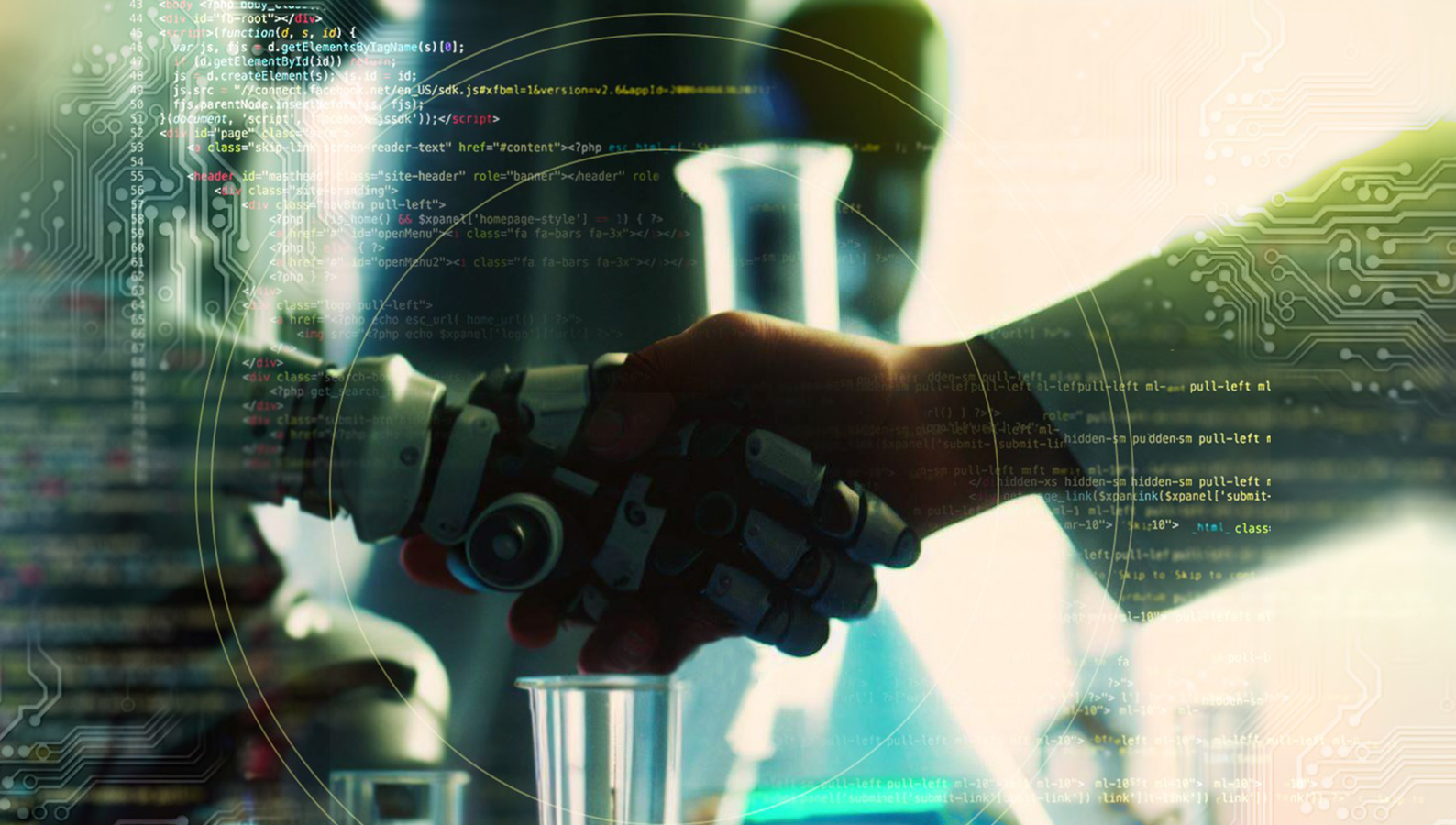Stay Up to Date
Submit your email address to receive the latest industry and Aerospace America news.
The Systems Engineering Technical Committee supports efforts to define, develop, and disseminate modern systems engineering practices.
Innovating the next generation of aerospace systems spanning aviation, space and defense introduces exciting challenges. Today’s aerospace systems must balance technology insertions across new and legacy systems or applications alongside creating new aerospace solutions.
To help with this, the Object Management Group in February received a draft update of the Systems Modeling Language, or SysML, an ANSI standard that provides additional guidance on model-based systems engineering standardization and interoperability with other modeling tools. In July, OMG approved SysML V2.0 for beta specifications, with finalization to a formal standard forecasted for 2024. Preparation for the standard is underway in many organizations, because teams leveraging MBSE can better address aerospace complexity during development activities.
This emerging standard could address a problem identified in the California-based Aerospace Corp.’s “Model-Based Systems Engineering Cost Study” released in March and discussed at the NASA Cost and Schedule Symposium in May. The study cautioned about the “immature state of MBSE on present programs,” the “slow maturation of MBSE” and “budgetary constraints and misuses of MBSE.” It also highlighted the need for “standard and common infrastructure, model interoperability and integration and reuse” capability.
In addition to an improved standard, organizations must also proactively explore processes to incorporate the MBSE methodology throughout the engineering lifecycle. Understanding the system dynamics or interdependencies by modeling system behavior or performance enhances an engineer’s ability to address the complexity of a system through the entire life- cycle. The U.S. Defense Department made this point to the industry in multiple presentations this year, including at the July International Council of Systems Engineering’s International Symposium in Hawaii, at the AI4SE and SE4AI Workshop in September in Virginia (including an industry-requested second online workshop in October) and at the National Defense Industry Association’s conference in October in Virginia. Defense officials want the industry to proactively seek to drive model connectivity within the modeling ecosystem, using artificial intelligence to innovate solutions across the space, aviation and defense industries. The industry has been advised that MBSE will be incorporated into defense contracts and is viewed by customers as a catalyst for developing more complex and resilient systems.
Another theme struck this year was the need to integrate MBSE with AI, machine learning and data analytics, to create AI/ML-enabled systems or systems engineering tools. In August, the Department of Defense established a generative AI task force to define a “responsible and strategic” approach to AI implementation. Presenters from the U.S. Army Combat Capabilities Development Command’s Armaments Center and others at the AI4SE and SE4AI in-person and online workshops emphasized MBSE and the need to evaluate how MBSE should be or is impacted by AI and ML, and how to better manage and design an AI-enabled system, whether it’s an aircraft, spacecraft or computer. Among the key goals are to automate visualizations and reports for decision-makers and to build more trust throughout the engineering design process. The workshops challenged engineering leaders to define the critical skills required to couple MBSE and AI development and management of these AI-enabled systems. Industry’s standards, technology adoption strategies, task forces and technical forums impress a need for MBSE practitioners to consider how generative AI tools, such as large language models, impact the systems engineering lifecycle.
MBSE and AI can serve as platforms for unlocking the power of systems thinking throughout systems design and increase the ability to manage disruptive and emergent system behaviors.
Stay Up to Date
Submit your email address to receive the latest industry and Aerospace America news.




